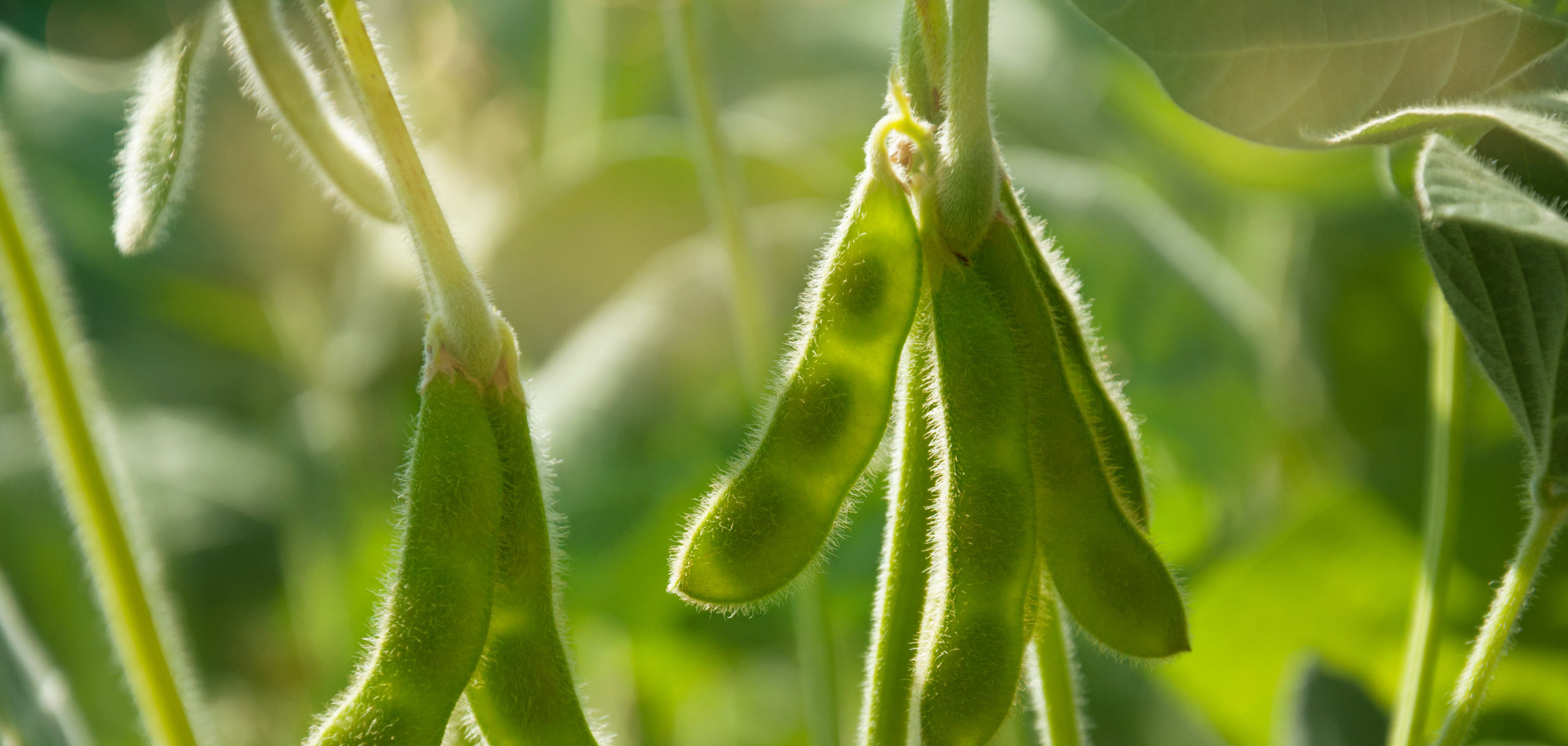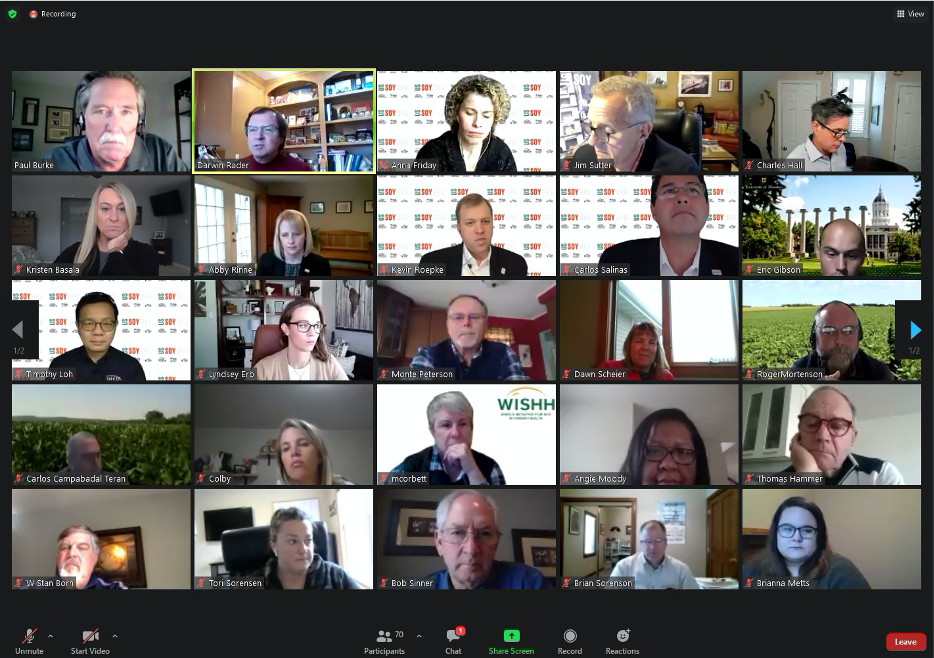
International Marketing Dialogue brings participants together from throughout the value chain to identify opportunities for market expansion and evaluate existing programs to help determine the course ahead.
Farmers, qualified state soybean boards, exporter and allied-industry members came together for the U.S. Soybean Export Council’s International Marketing Dialogues (IMD) last week to give feedback, provide input and share insights as strategic planning is underway for the 2022 marketing year.
The two events, one for export and allied industry and one for qualified state soybean boards (QSSBs), ran over three days and included more than 114 individuals representing 45 companies. USSEC regional directors and focus area directors provided brief updates about key happenings in their specific areas.
“I’m really pleased with the numbers we had,” said Monte Peterson, USSEC chairman and a soybean farmer from North Dakota. “We know it’s difficult to engage people when they’re at their desks with email and their to-do list right next to them. I was pleased with the level of discussion, the questions that were asked and the comments made, all of which will be recorded and taken into consideration as we work to develop or unified export strategy for 2022.”
Brent Babb, USSEC regional director for Europe & MENA, reported that imports of U.S. soybeans by MENA were up 16% over the marketing year just completed. He also noted that the European Union was the largest volume growth market for U.S. Soy in the previous marketing year.
Kevin Roepke, USSEC regional director for South Asia and Sub-Saharan Africa (SASSA), added that his region has the fastest growing population in the entire world, with South Asia at 1.8 billion people and Sub-Saharan Africa at 1 billion (combined about 35% of the global population).
When you look to narrow that down in terms of marketing efforts, Roepke said, you’re basically looking at two countries: Pakistan and Bangladesh. While Pakistan’s imports of U.S. soy stayed about the same in 2020 compared to 2019, Bangladesh nearly doubled its imports year over year.
“That’s a real sign and testament to the growing power and staying power that South Asia has developed when it comes to their preference of U.S. Soy,” Roepke noted. “When we talk about skating to where the puck is going to be and aligning with the consumer of the future, I think the SASSA region is second to none and should be a real priority going forward.”
During the program for QSSBs, Charles Hall, USSEC’s director of measurement and evaluation, shared USSEC’s program evaluation methodology and highlights from 2020 survey results. It also included two breakout sessions focused on opportunities to maximize global investments and communications and amplifying U.S. Soy resources.
“It’s an ever-improving process and we are continually working to create a preference for and build demand for U.S. Soy,” said USSEC’s CEO Jim Sutter. “The feedback is critical and is really taken to heart when it comes to program development. This was not an insignificant time commitment that we asked of our members and industry partners, and we truly appreciate the participation and input.”
What’s next? During the coming weeks, the USSEC staff will synthesize the comments, questions and directions provided by participants. The resulting report will be delivered Dec. 7 in conjunction with the next USSEC board meeting. Stay tuned for more information.

